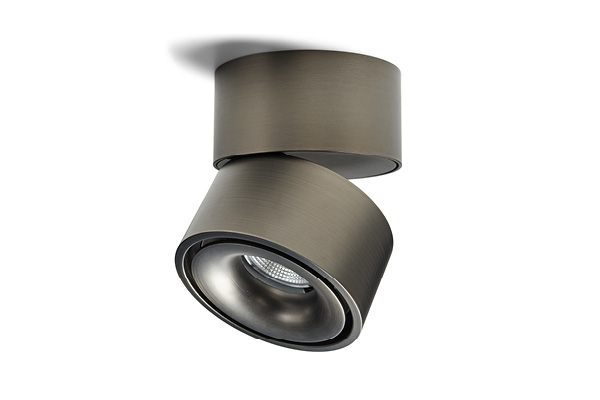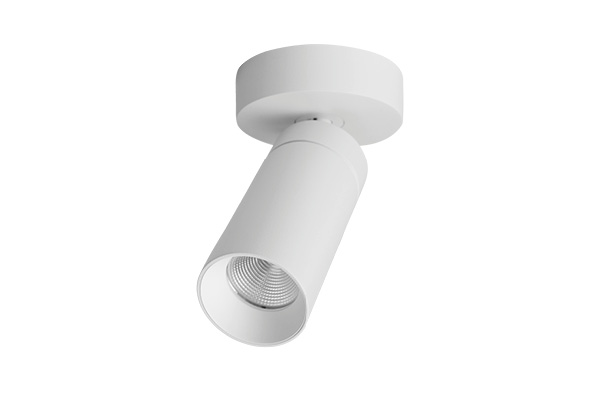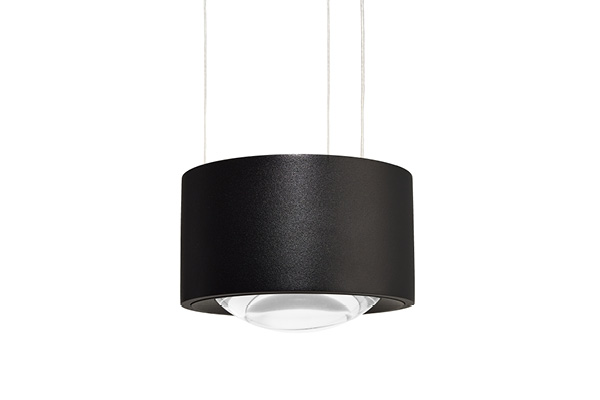Create atmosphere with architectural lighting
- Af Mette Bergholdt
- Last updated1. May 2024
Architecture and lighting are undeniably interconnected. Architectural lighting is an essential part of architecture and design as it can create a unique atmosphere and feeling in a space or building. If you have an architect-designed building where both the structure and the various rooms are carefully planned with meticulous considerations, it is important that the lighting highlights these details.
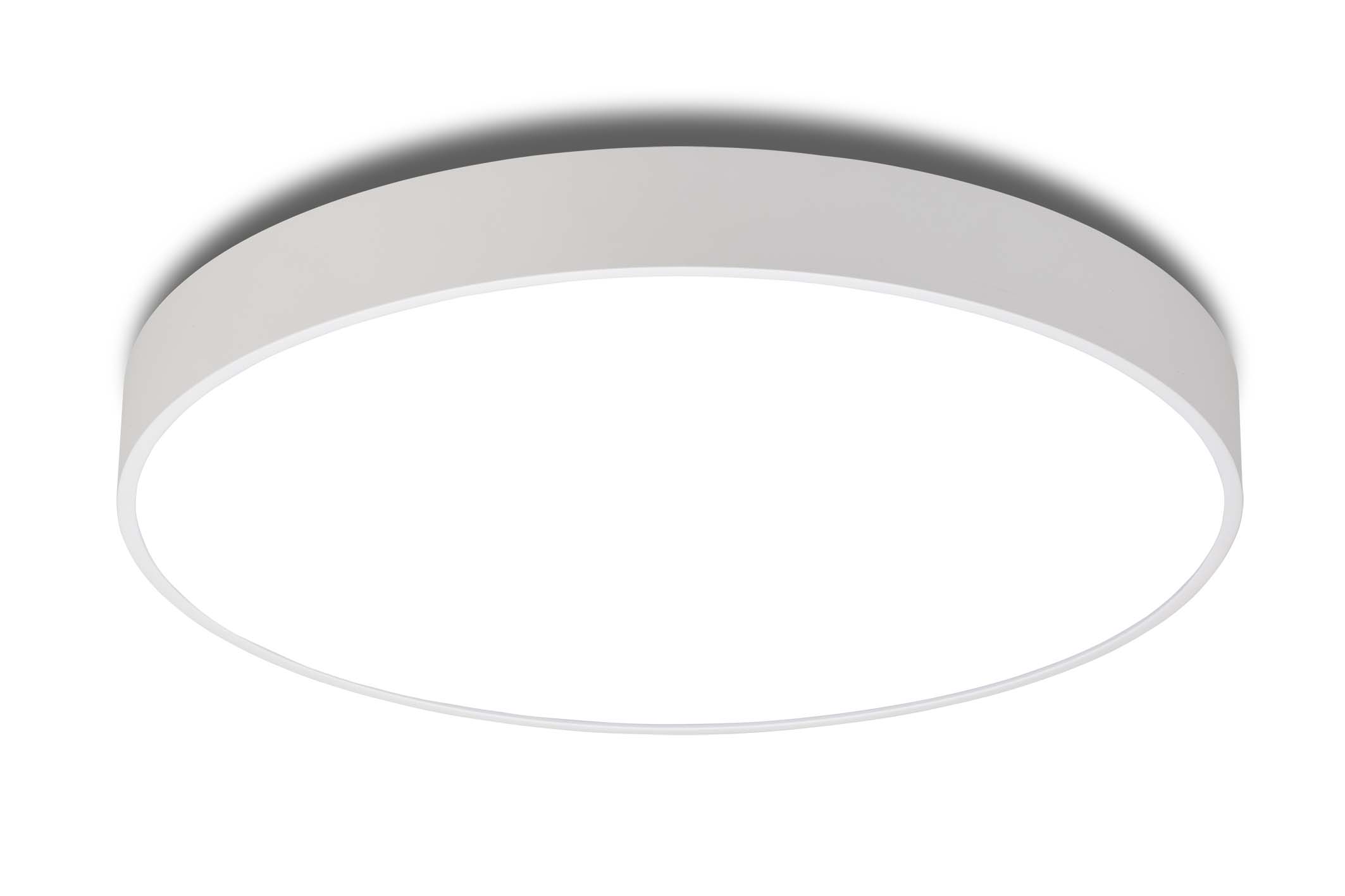
A bit about the author:
Mette Bergholdt
Share post:
Related posts:
The ultimate guide to task lighting in different environments
Different types of architectural lighting
There are several different types of architectural lighting, including general lighting, accent lighting and task lighting.
General lighting
General lighting, also known as basic lighting, is the fundamental illumination that provides sufficient light in a room or building for people to see and move around.
Accent lighting
Accent lighting is used to highlight important details or features in a building, such as artworks or architectural details.
Task lighting
Task lighting is the illumination used to light up specific work areas, such as desks or kitchens.
It is important to consider both the purpose of the lighting and the architectural style when planning architectural lighting. It may be necessary to use multiple types of lighting to achieve the desired result, such as both general lighting and accent lighting
Create atmosphere in a magnificent way
Architectural lighting can also be used to create dynamic effects by adjusting the brightness throughout the day or evening. It can also be employed to generate specific moods for special events or seasons.
Overall, architectural lighting can be a powerful tool for architects and designers to create unique and functional spaces while also enhancing energy efficiency.
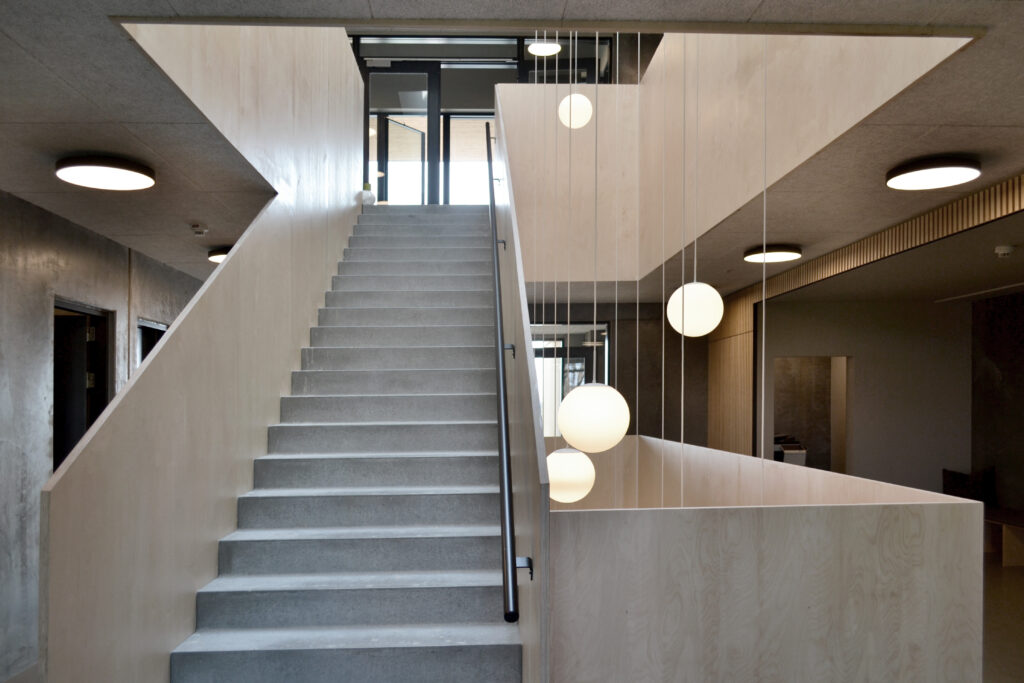
Let the lighting highlight elements
Light has a significant impact on both the space itself and the desired atmosphere. Architectural lighting is about creating ambiance and setting the mood, so the space is presented in the intended way. This can be achieved in an elegant and grand way, while still creating a welcoming environment.
In addition to influencing the mood and atmosphere, light plays an important role in showcasing the aesthetics that the architect aimed to design. It can enhance the overall space or highlight specific elements within it, such as artistic expressions at the entrance, beams in the ceiling, arches, and curves in the architecture.

Indirect lighting
Indirect lighting is a technique where light is reflected from walls, ceilings, or other surfaces to create diffuse and evenly distributed illumination in a room. The light source is typically hidden or positioned in a way that it does not directly shine on people or objects in the space. This allows the light to create a comfortable and relaxing atmosphere while reducing eye strain and giving the illusion of higher ceiling height. Indirect lighting can also be used to highlight architectural details or artworks in the room. It can be achieved using downlights, uplights, or by placing light sources behind or within elements such as screens or panels.
Light quality
When we talk about architectural lighting, we can’t avoid discussing aspects such as color temperature, color rendering, illuminance levels, and so on. Lighting design and architecture go hand in hand to ensure that the space stands out, the surroundings are pleasant, and the focus is on setting the right atmosphere. But it is also important for the appropriate colors to come forward.
Our lighting consultants are experts in the technical terms and their impact on the light in a space. We have extensive experience with both lighting and lamps and can guide you.
On this page, you can learn more about the most common terms in lighting. This includes Kelvin, Lumen, Ra, CRI, and so on.
We collaborate with architects
Whether you are an architect or an end customer in need of an architect, we are happy to assist in ensuring that, through collaboration, we find the perfect architectural lighting solution.
Read more here:
Vi samarbejder med arkitekter
Whether you are an architect or end user who needs an architect, we are happy to help you to make sure, that we find the best architectural lighting solution.
Are you an architect?
“If you are an architect, we are happy to collaborate with you and provide guidance on our products so that you, along with your clients, can ensure the right lighting in the project you have designed for them.
Are you looking for an architect?
If, on the other hand, you are in need of an architect to initiate the entire process with you, we may be able to help you find the right one. In collaboration with the architect you choose, we can find the appropriate lighting that will make buildings, facades, and spaces appear as desired with the right architectural lighting.
Frequently Asked Questions about architectural lighting
General lighting is the basic illumination that provides sufficient light for visibility and movement in a room or building. Accent lighting is used to highlight important details in the building.
A good atmosphere in a room can be created by using different types of lighting, such as general lighting, accent lighting, and indirect lighting, by adjusting the brightness and color throughout the day or evening. It is also important to consider the architecture and design of the space.
Architectural details or artworks can be highlighted by using accent lighting, by placing the light sources at a specific angle or distance, or by using different colors or color temperatures.
